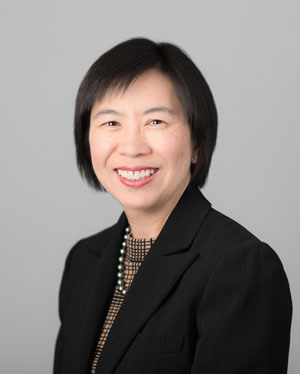Aged-Based Breast Cancer Screening Has A Greater Mortality Benefit Than Risk-Based Breast Cancer Screening
 Risk-based factors for risk-based breast cancer screening including family history, race, age, prior breast biopsy, and breast density have not been evaluated in routine screening mammography practice. "Growing interest in risk-based screening creates an urgent mandate to determine effectiveness," said Elizabeth S. Burnside, MD of the department of radiology at the University of Wisconsin-Madison School of Medicine and Public Health in Radiology Business.
Risk-based factors for risk-based breast cancer screening including family history, race, age, prior breast biopsy, and breast density have not been evaluated in routine screening mammography practice. "Growing interest in risk-based screening creates an urgent mandate to determine effectiveness," said Elizabeth S. Burnside, MD of the department of radiology at the University of Wisconsin-Madison School of Medicine and Public Health in Radiology Business.
As such, in a recent issue of Radiology, the journal of the Radiological Society of North America (RSNA), Dr. Burnside and her colleagues compared two approaches to screening women in their 40s for breast cancer: an age-based approach of screening all women annually starting at age 45 versus a risk-based approach of screening higher-risk women ages 40-49 years. They looked at data from 10,000 digital screening mammograms from a single institution where all patients were average risk and between ages 40 and 49 from January 1, 2006 through December 31, 2013. They compared three scenarios – "usual care" for women ages 40-49, age-based screening for women ages 45 and older, and risk-based looking at a patient's five-year risk. They found that age-based screening resulted in detection of more cancers, more false-positive mammograms and benign biopsy results. Risk-based breast cancer screening demonstrated an overall lower level of eligibility for screening in the 40-44 age group.
 Bonnie Joe, MD, PhD, professor in residence and chief of Breast Imaging in the UC San Francisco Department of Radiology and Biomedical Imaging and Jessica Hayward, MD, assistant professor of Clinical Radiology in the Breast Imaging section wrote an editorial on this study, also published in Radiology. They highlight the issue that breast cancer is the leading cause of cancer death in women in their 40s, highlighting the importance of screening to detect cancers earlier.
Bonnie Joe, MD, PhD, professor in residence and chief of Breast Imaging in the UC San Francisco Department of Radiology and Biomedical Imaging and Jessica Hayward, MD, assistant professor of Clinical Radiology in the Breast Imaging section wrote an editorial on this study, also published in Radiology. They highlight the issue that breast cancer is the leading cause of cancer death in women in their 40s, highlighting the importance of screening to detect cancers earlier.
Overall, Drs. Joe and Hayward say that the results make sense that the age-based approach allows for more frequent screening than a risk-based approach, therefore providing a benefit in early cancer detection. Also, with more frequent screening comes adverse outcomes such as benign-outcome recalls and biopsies. All medical interventions have beneficial and adverse outcomes. For breast cancer screening, more frequent mammography will save more lives, and also result in more benign-outcome recalls and biopsies.
In addition, Drs. Joe and Hayward cited that they study looked at an age-based approach starting at age 45 as a limitation to the study's design. "Most radiologists in the United States subscribe to American College of Radiology (ACR)/Society of Breast Imaging (SBI) guidelines both of which recommend age-based annual screening starting at age 40 years, as this approach has been shown to have the greatest mortality benefit," write Drs. Joe and Hayward. UCSF Radiology stands with these guidelines. (More on our preventive screening guidelines for referring physicians.)
